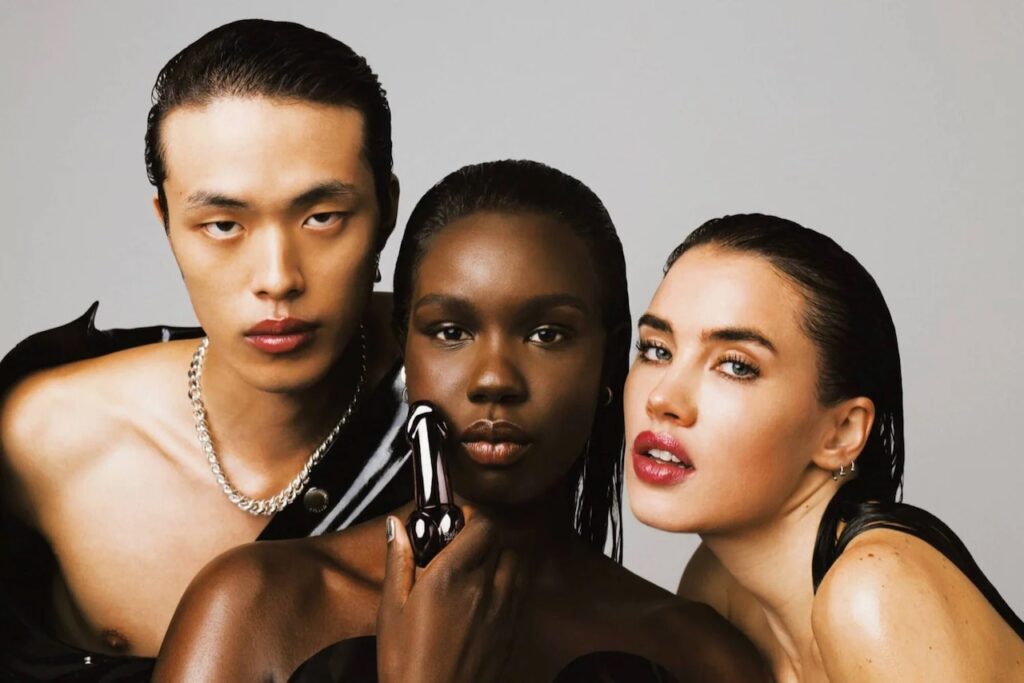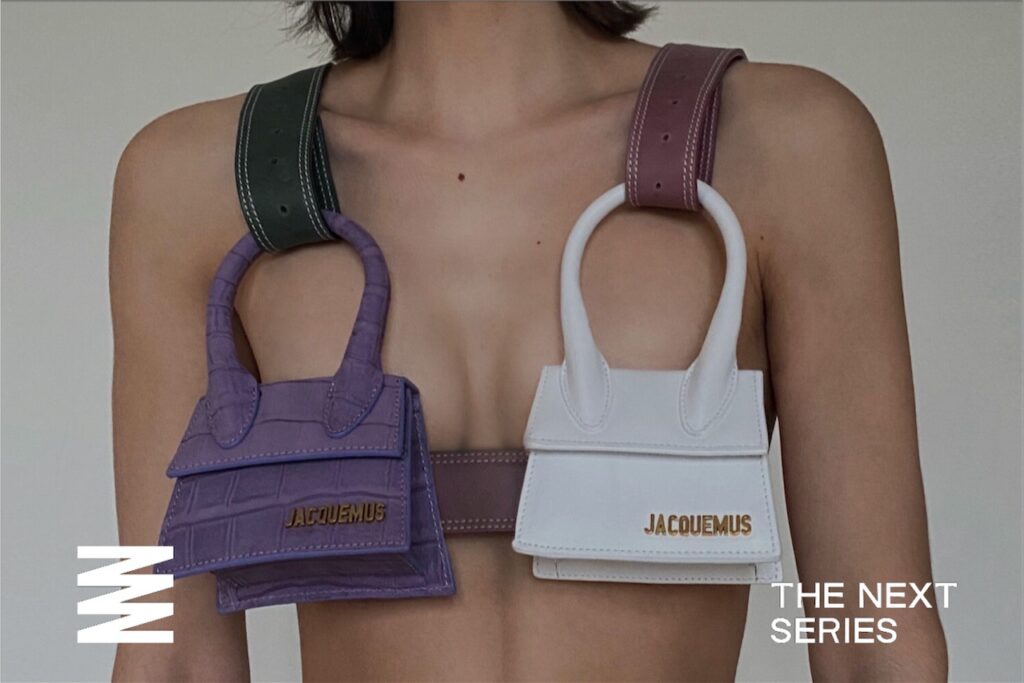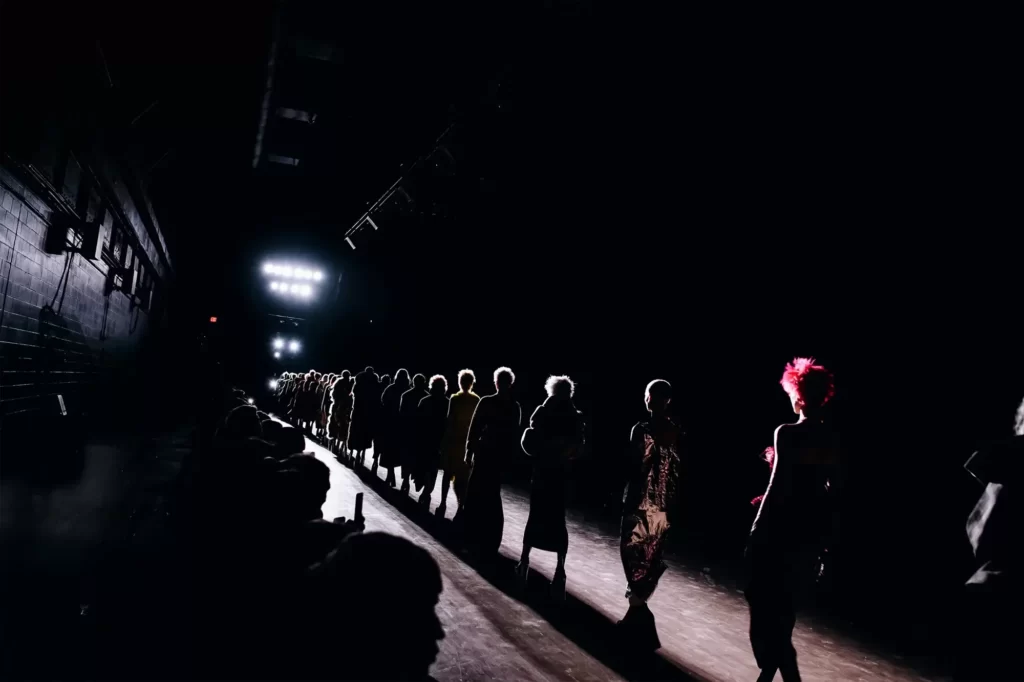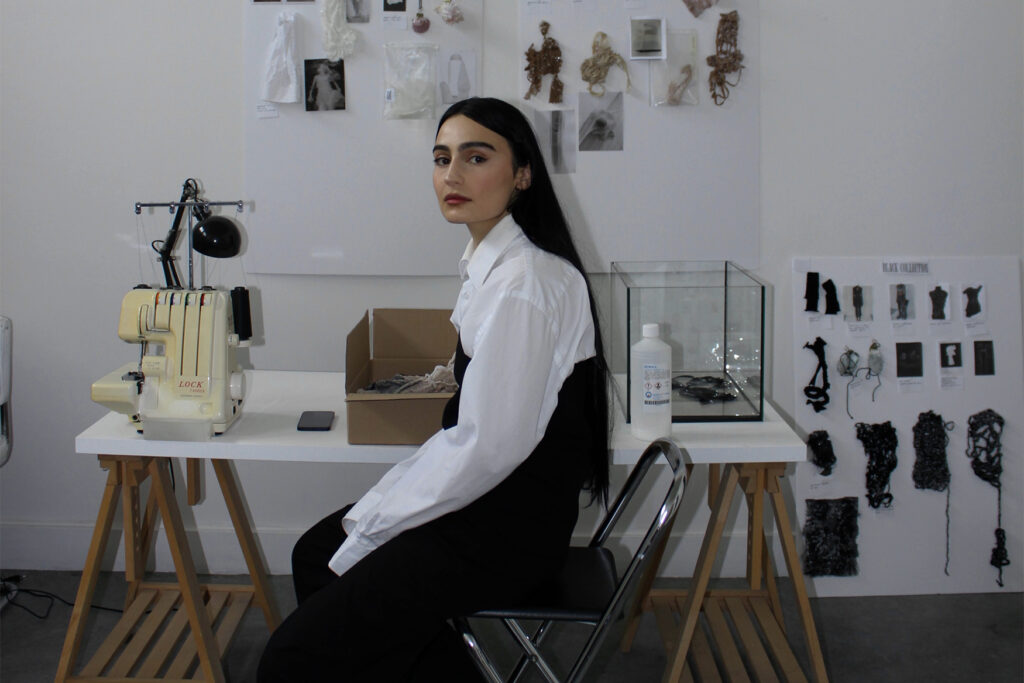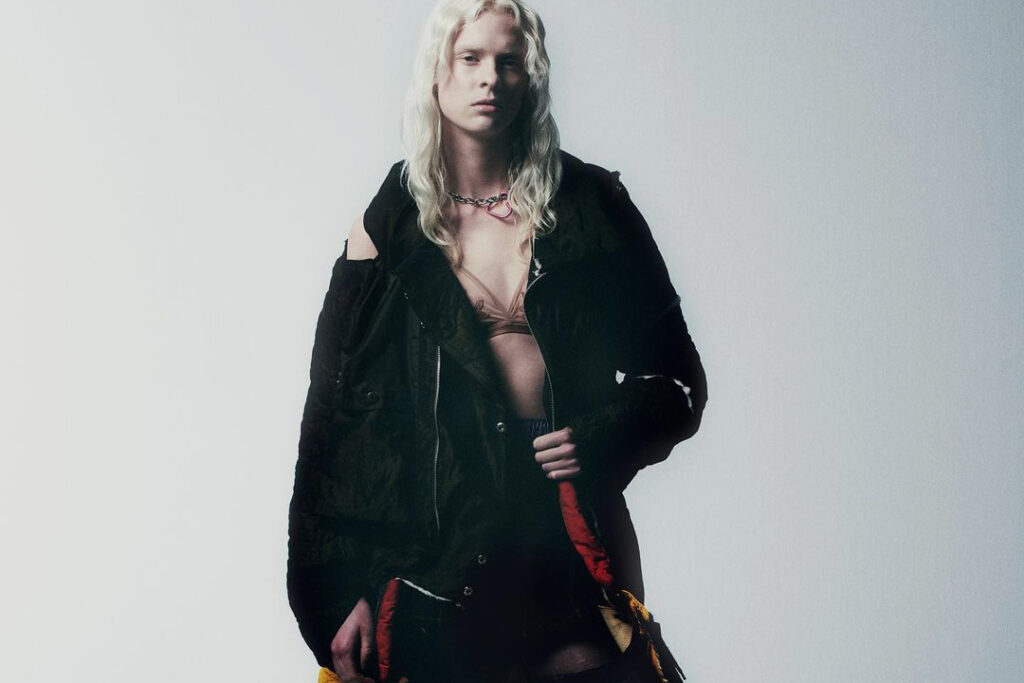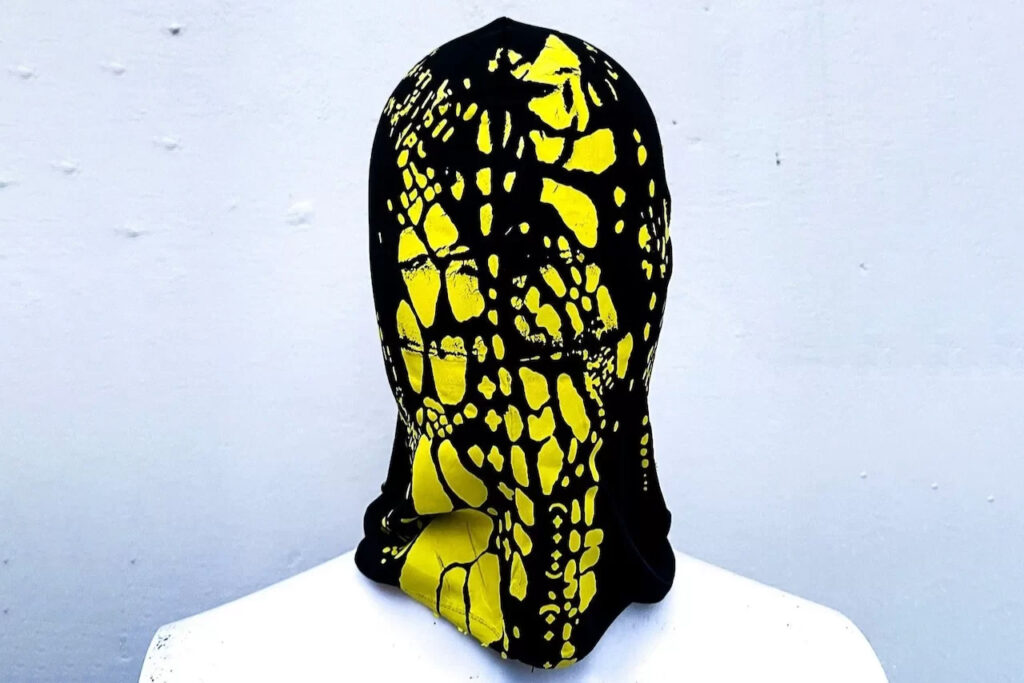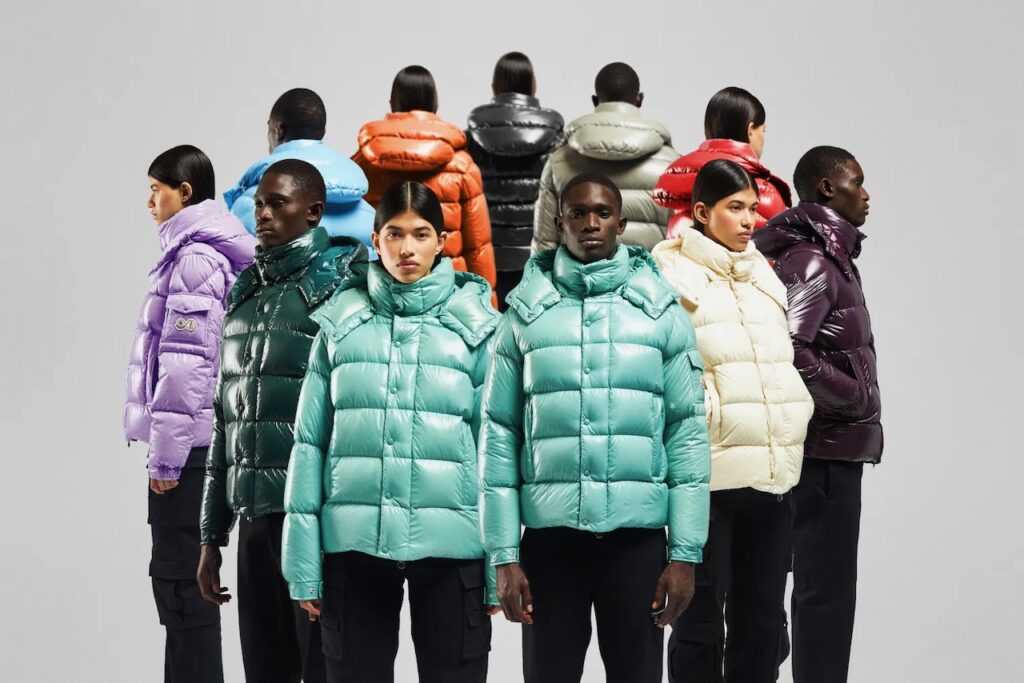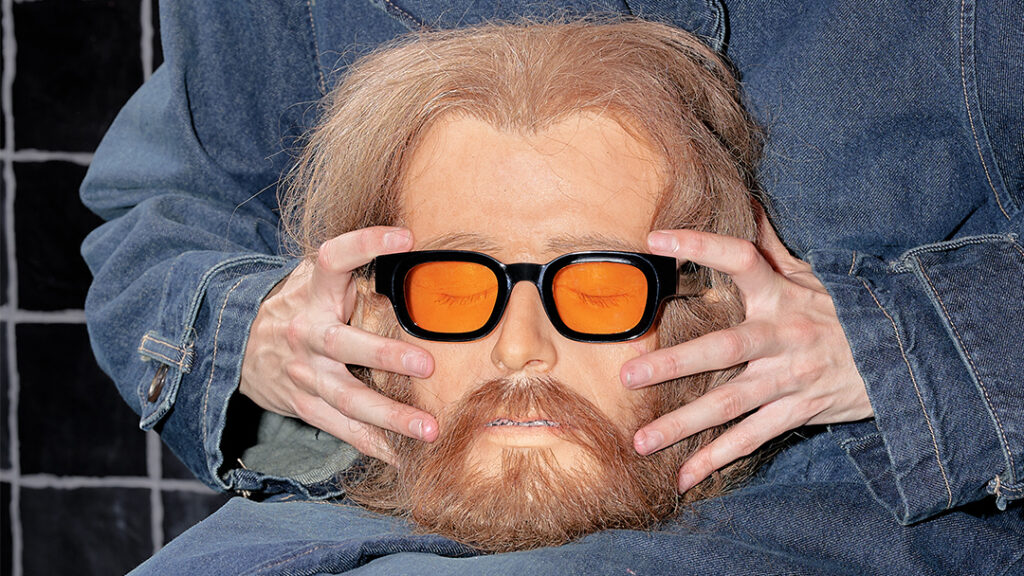Cartoonified fashion, garments burning on catwalks, and lion headdresses – we thought we’d witnessed everything. The fashion industry is evolving at an enormous speed and innovative designers are shaping the pace. Just when you think you’ve seen it all, Sumeyya Donmez proves you otherwise.
Let me introduce to you: The Chemist of Fashion. Amsterdam-based designer Sumeyya merges the lab with the studio by growing crystals on clothes in a chemical process, resulting in stunning, one-of-a-kind garments. Her creative process involves draping and shaping techniques, immersing the fabric in a salt bath for up to four weeks, resulting in a delicate and fragile crystallized surface.
Her unique approach to manipulating fabric astonished us, and we’re happy we got to sit down for a deeper dive into her wearable art.
Growing crystals on clothes: Tell us more about how you entered into the world of creating. Have you always been artistically inclined?
In fact, my creativity was always apparent throughout my childhood. From a young age, I was drawn to unconventional items such as microscopes, using extraordinary tools to creating strange sculptures and conducting experiments with chemistry kits. Despite my passion for art and creativity, I never considered pursuing a career in the fashion industry, as it was not a common profession in my mind. I initially planned to study pathology, but the universe had other plans for me.
During my studies I felt alienated, even though I was passionate about science. It became clear to me that something was not quite right when I struggled to pass my chemistry exams. I was eager to experiment more, but I did not enjoy the subjects as much as I thought I would. As a result, my professor recommended a study choice test before dismissing me from the program. Surprisingly, creativity and art were identified as my strongest skills. I must admit that I was not surprised, I realized that I had never taken the time to truly listen to my inner voice. Consequently, I applied to art schools without a proper portfolio and faced rejection. However, I persevered and shifted my focus to fashion and design, ultimately gaining acceptance. For the first time, I felt like I had found a community that I belonged to.
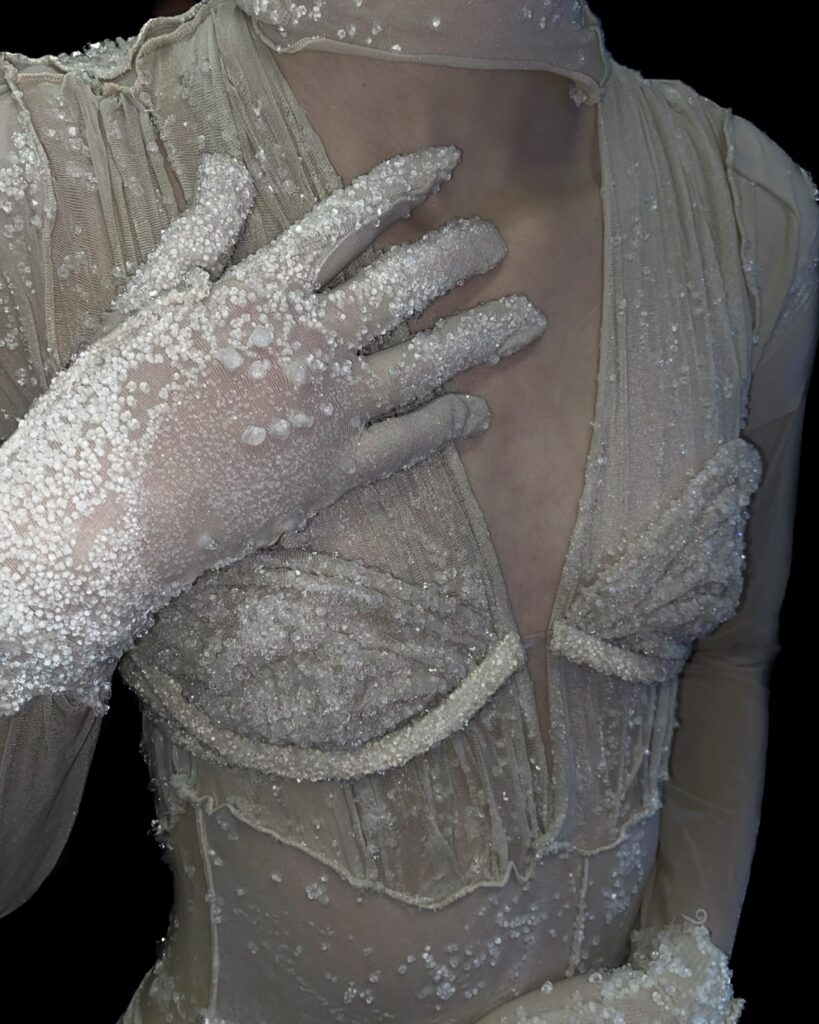
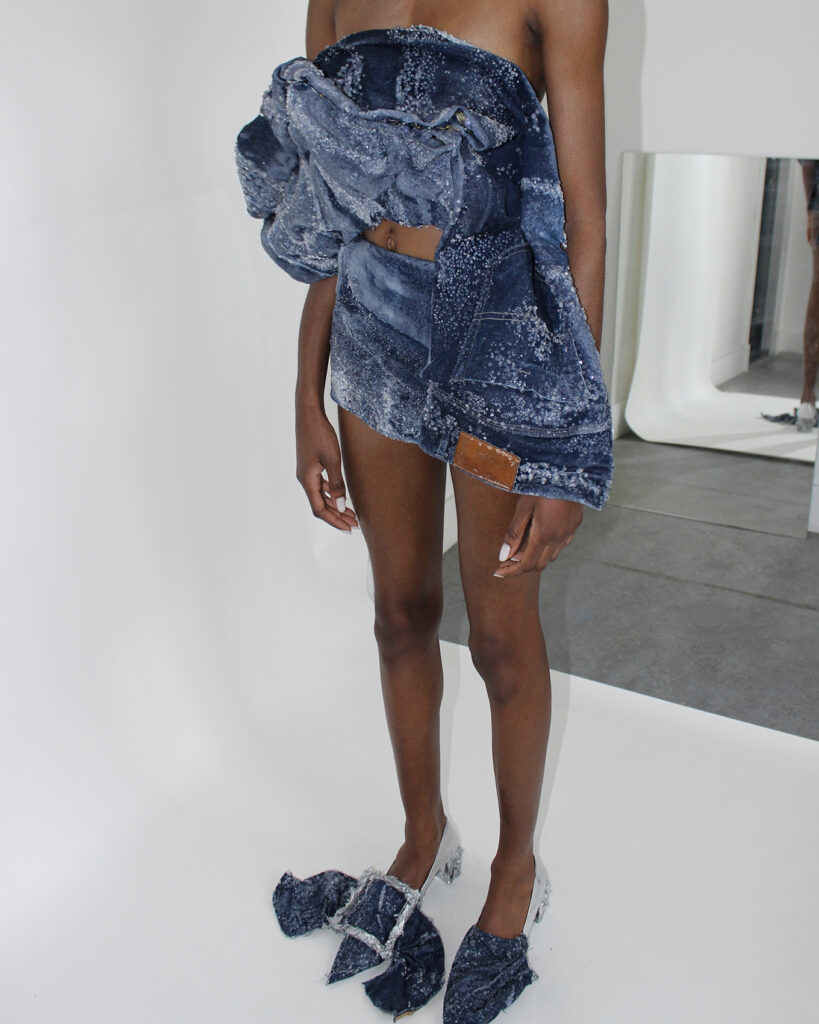
How did you come up with the idea of merging fashion with chemistry?
It took me a considerable amount of time to determine my design niche. During my early years at AMFI, I experimented with various approaches to express myself. However, I realized that I was overly fixated on feedback, neglecting my personal preferences. It wasn’t until my couture internship at VIKTOR&ROLF that I began to shift my perspective. I discovered that I enjoyed the experimental phase of designing and excelled in manipulating fabric.
Following my internship, I had to complete my graduation project, which led to some self-reflection. I created a mind map to rediscover my passions, which had long been buried and forgotten. It was during this time that I decided to merge two distinct worlds together. Though it may sound simple, it took me months of experimentation to discover how to grow crystals on textiles and create biodegradable fabrics, which failed multiple times. Nonetheless, my analytical character and passion for experimentation propelled me forward.
Currently, I am focused on designing wearable garments and constantly seeking new methods to improve my craft. I firmly believe that practice makes perfect.
It’s fair to say you don’t see people create chemical designs every day. What steps are a must in the process of creating your pieces? Was it a difficult process until you were satisfied with your creations?
My creative process begins with an extensive search for inspirational images, followed by the collection of old items, dead stock fabrics, or clothes. I then use draping and shaping techniques to create unique forms. Afterwards, I immerse the object or item in a saturated salt bath in my lab (studio), where the salt gradually transforms into molecules over the course of up to four weeks. One intriguing aspect of this process is that I can dissolve the crystals with hot water, providing an opportunity to start afresh with each experiment without damaging the surface. During my first experiments, I used Borax to create crystals. However, upon further reflection, I became aware of the negative health impacts associated with its use, as well as its adverse effects on the environment. As a result, I began to explore alternative methods and decided to experiment with salt. The process remains consistent, but utilizing salt as an alternative requires a longer duration for the crystallization
process to occur. The type of salt affects the appearance and texture of the final product, with the use of Borax resulting in a firmer hold on the fabric as compared to salt, which can be more delicate and fragile.
Crystallization has become a captivating obsession of mine. It’s the process that makes it more interesting, the unpredictable nature of crystal growth and size of the crystals. Everything depends on the fabric, temperature, surface which makes it a dynamic and uncertain process. As a creator, I’m not in control of the crystal growth process, and I enjoy that. Each time a new crystal is formed on the surface, I am filled with a sense of childlike wonder, much like opening an unexpected and exciting gift.
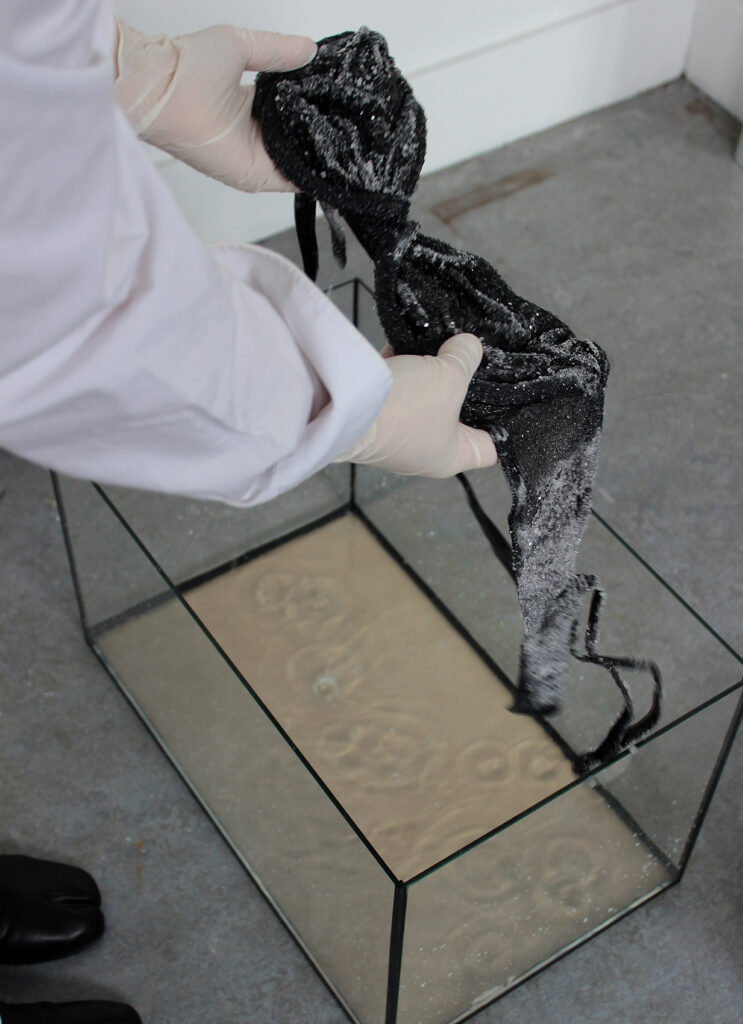
Are there conditions to wearing your pieces? What happens if you wear them outside, in the rain?
Currently, I approach my creations as ‘wearable art’. Due to its dissolving characteristics, the crystallized surface on the garments is often fragile. While the crystallized fabric can withstand cold water, a waterproof coating is required to ensure its longevity. I am actively researching and developing a sustainable coating that can effectively safeguard the fabric. This is a challenging topic, requiring extensive research to develop an eco-friendly and effective solution. However, it can be argued that the fragility of the crystallized items contributes to their unique and valuable nature, as it distinguishes it from mass-produced, more durable alternatives.
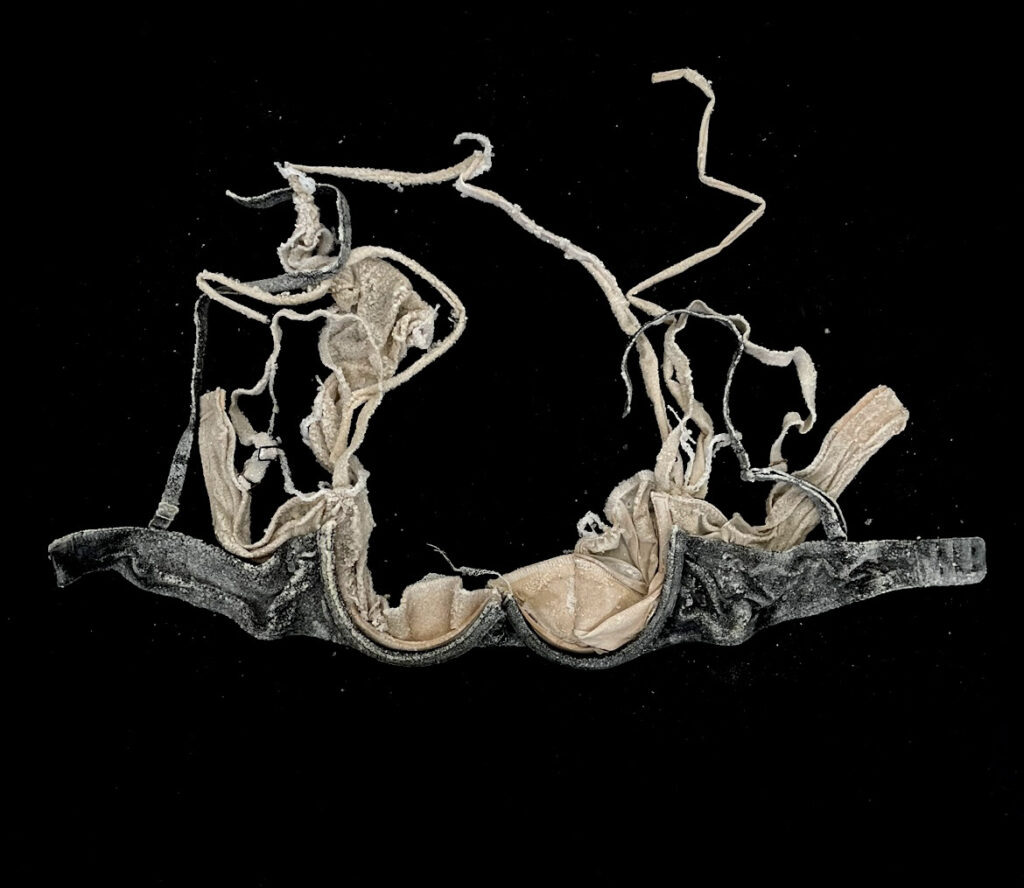
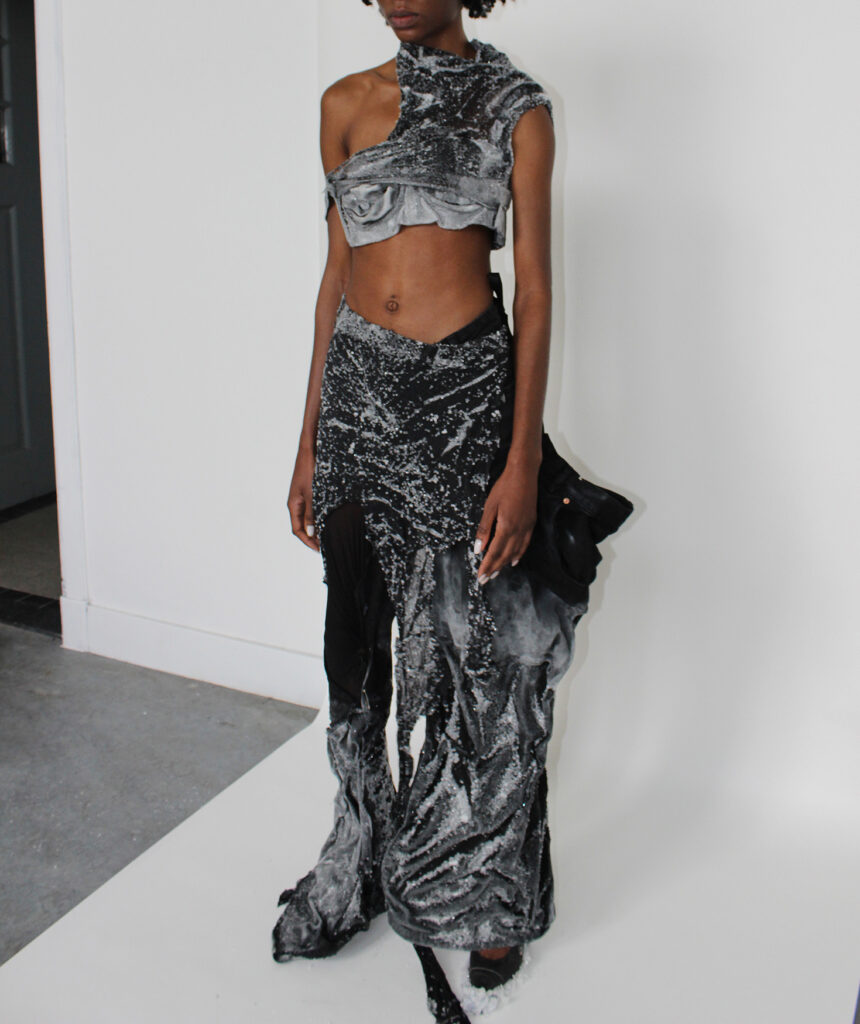
With digital fashion gaining more and more relevance, do you feel like that world is something you would like to tap into?
The digital fashion world is an entirely new and different universe for me. While I consider myself a skilled experimenter, digital programs have proven to be a challenging domain. Despite this, I remain committed to exploring this field in the future.
In addition, I am keen on experimenting with 3D printing technology. I believe that integrating technology, science and fashion has the potential to yield innovative and exciting possibilities. By fusing different disciplines together, the possibilities are truly limitless.
Fashion and chemistry are two rather distinct spheres. Where do you draw your inspiration from when working on new ideas?
The source of inspiration for my work are diverse and include sci-fi movies, poetry and art. I’m always captivated by the villains and mad scientists, admiring their rebellious aura.
I channel this admiration into my designs, which are characterized by a minimalist color palette consisting of black, white and beige. This color scheme adds a sense of coherence, dark aesthetics and timelessness to my work.
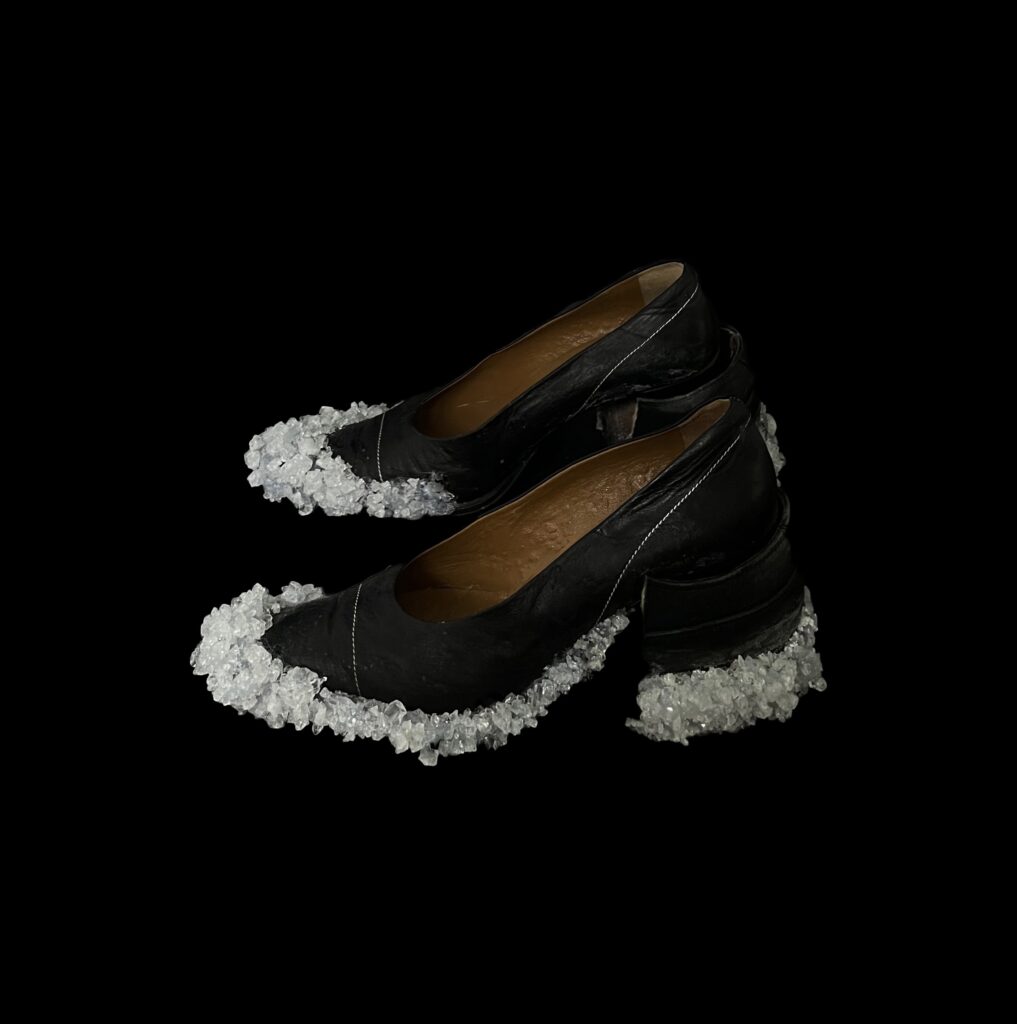
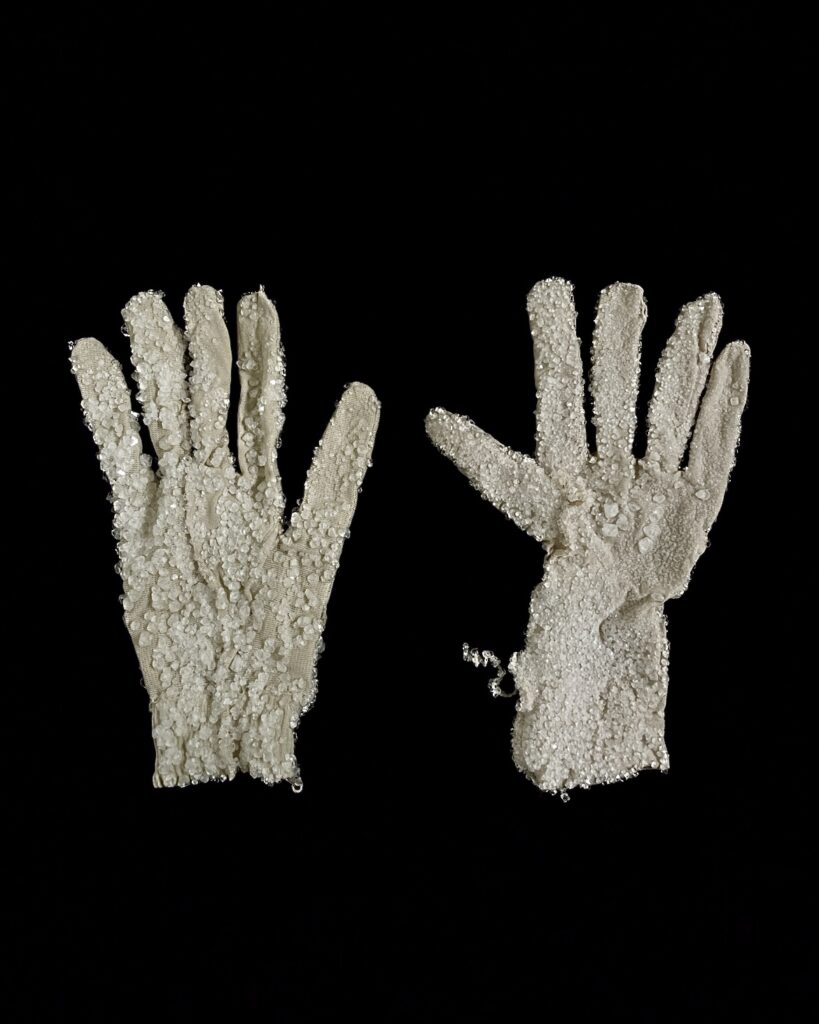
Are you growing other elements onto clothes already? Is there anything you would like to experiment with?
Presently, my focus remains on delving deeper into the world of crystals, as there is still so much left to uncover. I am actively exploring ways to introduce different colors, play with different sizes and incorporate additional elements into the mix. During my graduation project, I experimented with biodegradable plastic that had the appearance of leather. My goal is to combine these two distinct elements in the future, showcasing the potential of bringing two sustainable elements together.
What do you think is the ultimate goal for a fashion designer?
My ultimate objective as a creator is to bring a new dimension to sustainability and upcycling. My aim is to develop a ‘creative loop’ that facilitates the reuse of garments and materials, through the experimentation and creation of textures like biodegradable plastic, salt crystals and bio based materials. Next by minimizing waste and maximizing the potential of various elements. By doing so, I aspire to inspire individuals and instill in them a sense of wonder, encouraging them to discover their true passion and recognize that there is always a new world waiting to be explored.
Finally, we need to know: Do you have a favorite out of all of your creations?
One of my most cherished and significant creations is undoubtedly my first crystallized garment – an upcycled pair of tights, which I named ‘The second skin.’ This piece holds a special place in my heart as it represents the beginning of my experimentation with crystals and textiles. The crystallization process transformed the upcycled tights into a unique and visually striking item, showcasing the potential of sustainable design. It symbolizes my passion for experimentation and innovation, and serves as a constant reminder of my commitment to merging art, science and sustainability.

